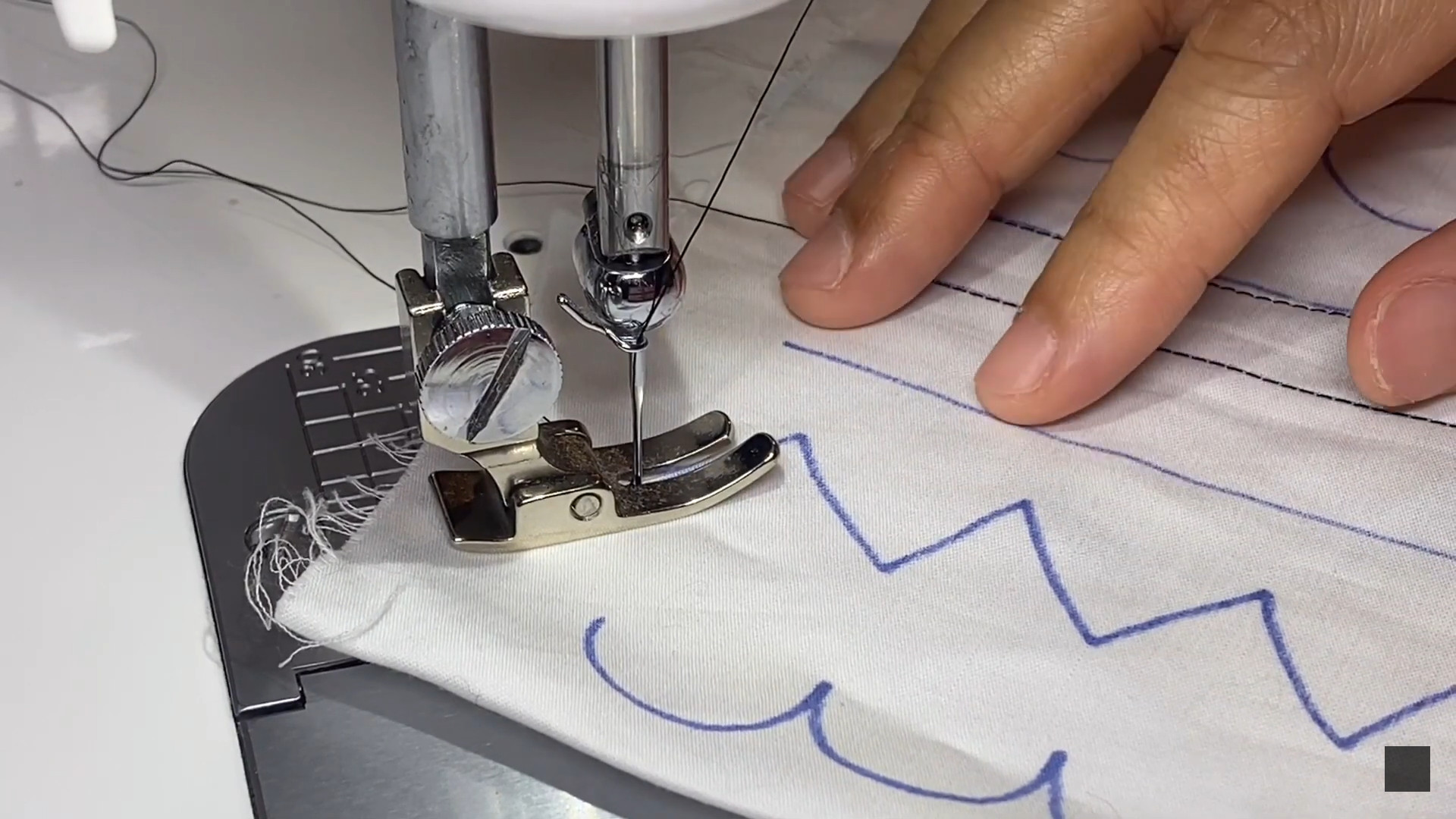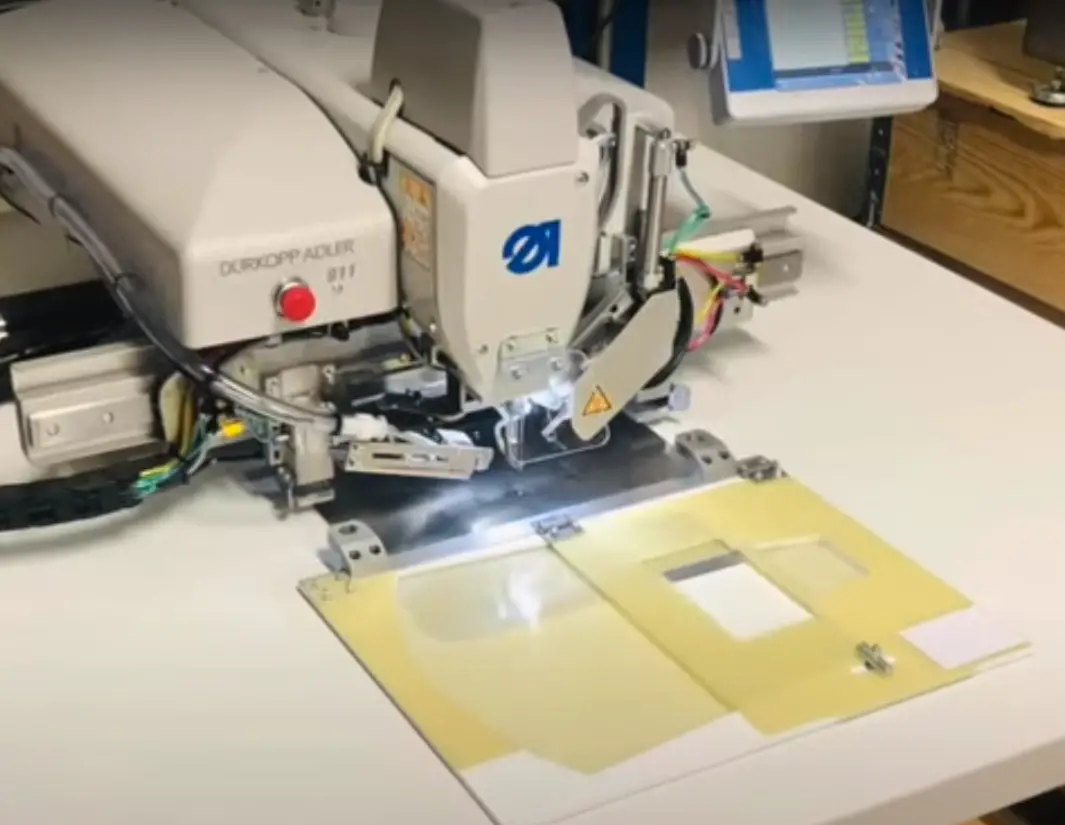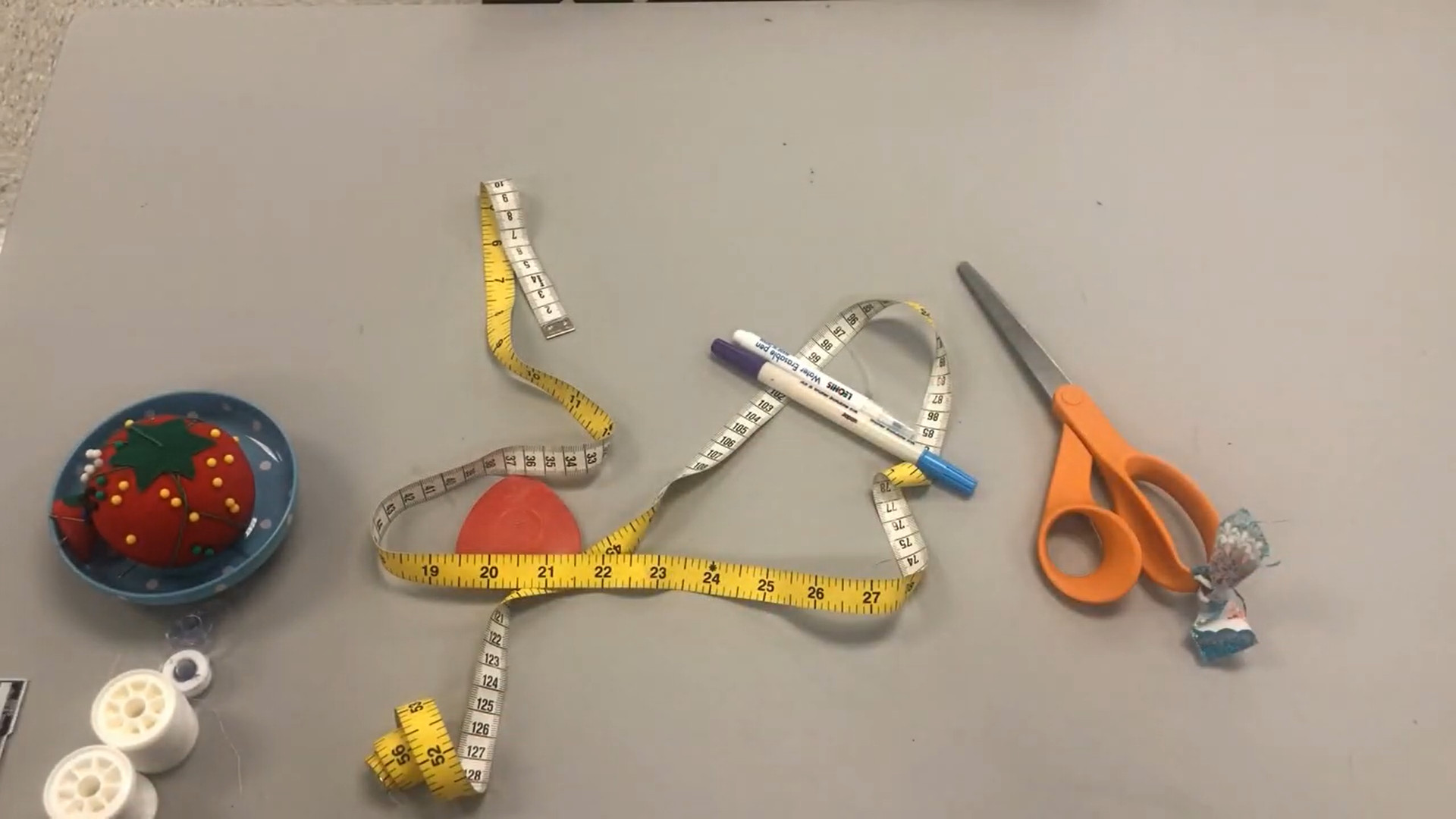Who is the Inventor of the Sewing Machine? All things you need to know
Sewing machines are one of the household tools that are always a concern for many wives. Have you wondered: Who is the inventor of the sewing machine?
Learning about the history of this tool, you’ll be amazed at the controversies. If you’re interested in exciting stories about sewing machine inventions through the ages, continue reading below to get all the exciting information.
Table of Contents
Who Is The Inventor Of The Sewing Machine?
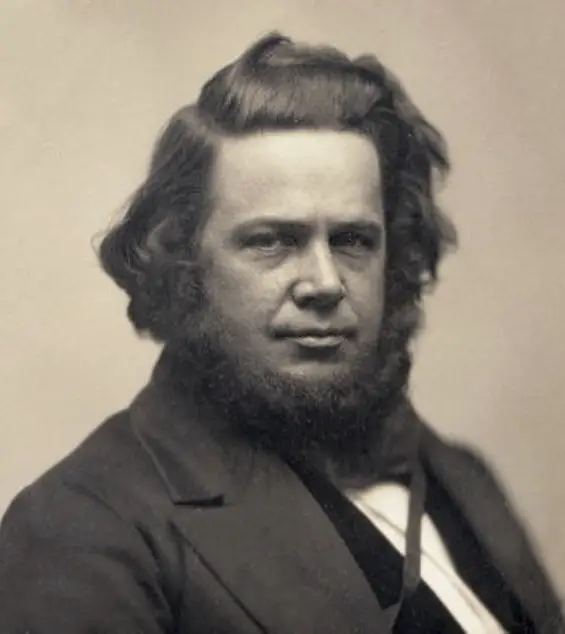
Elias Howe, an engineer born in 1819, created the first sewing machine model. In 1846, this device first received a patent.
In the 1800s, low-income families could only sew their clothes using traditional needles and threads. More affluent families go to stores to buy clothes. Yet, clothing design and tailoring are entirely handmade at these very stores.
At first, this model was not widely available. It reaches speeds of up to 250 stitches a minute, which is far superior to manual sewer pipes. Yet, users need compelling features to switch from traditional needlework to a new method.
Isaac Singer and Allen Wilson added some extra features to the original design.
The sewing machine has an up-and-down movement mechanism and a rotating hook shuttle. Finished sewing machines quickly became popular in garment factories across the United States.
In 1889, Singer designed a household electric sewing machine that appeared and quickly replaced the traditional sewing machine. So, many people mistakenly believe that Singer was the first person to invent this tool.
Related:
– 1951 Singer sewing machine
– 1920 Singer sewing machine
What Is The First Machine Performance?
Previously, it took an average of 14 hours to make a shirt by hand. The lengthy manual production time made clothing an expensive commodity. So, most middle-class people will only own two clothing sets.
The invention of the sewing machine shortened the time to make clothes. Even in the initial design of Elias Howe, he predicted his sewing machine would significantly increase productivity for workers.
Elias Howe conceived and invented the world’s the first sewing machine. In the first design, the sewing machine had only a curved and slotted needle, spool, and vibrating arm. During use, the loops from the needle are locked with a second thread. The motion driver moves the needle loop through the loops.
With the above working principle, the first has a maximum speed of 250 stitches/min. This sewing machine performs much better than the traditional manual sewing method.
Related:
– Definition of a Sewing Notion
– Differences between coverstitch machine and serger
An Overview Of The First Electric Sewing Machine
Isaac Merritt Singer was not the first to invent the sewing machine. He just added some features to the sewing machine. Yet, he was also the first to receive a patent for his electric sewing machine.
This design brought Isaac Singer to court for Elias Howe’s lawsuit. Although it was still controversial, by 1860, Singer’s company was up and running and quickly became the world’s largest manufacturer of sewing machines.
Sewing Machine History
Humans have spent 20,000 years using threads made from animal tendons to sew by hand. It was only during the industrial revolution in the 18th century that sewing machines appeared and gradually replaced manual sewing.
The first 1755 version
The first version was shaped like a needle supporting machines’ semi-automatic sewing. A German named Charles Weisenthal received a patent for this design.
His first design made anyone in the fashion industry at the time realize the great benefits of sewing machines.
1790 design
In 1790, Thomas Saint invented the first hand-cranked sewing machine. This device can work on both leather and canvas.
Yet, Thomas Saint never produced a sewing machine model based on his design. Some people think Saint has never made any sewing machine models based on his drawings. It is the reason many people doubt its design effectiveness.
It was when William Newton Wilson found the blueprint and manufacturing process based on the copy. And the design has proven that Saint has a pretty detailed and practical drawing.
1834 moral version
Walter Hunt has created a complete sewing machine model. Yet, Walter was concerned his design would affect the profession of millions of people. Hence, Walter Hunt did not patent his invention.
Walter’s decision caused a lot of patent controversy for later designers.
1845 locksmith
Elias Howe created a new design by improving and adjusting previous drawings. The most notable feature in Elias Howe’s version is the needle with a point eye.
This sewing machine model is also much more complete than the previous drawings. Its process uses streams from two different sources. It has a shuttle on the rails and works on a locking stitch.
His patent is not welcome in the US because users still determine the design’s effectiveness. Elias Howe then made her way to the UK to market the invention.
After years of working abroad, when he returned to his hometown, his patent was copied by many different people.
1854 complete design
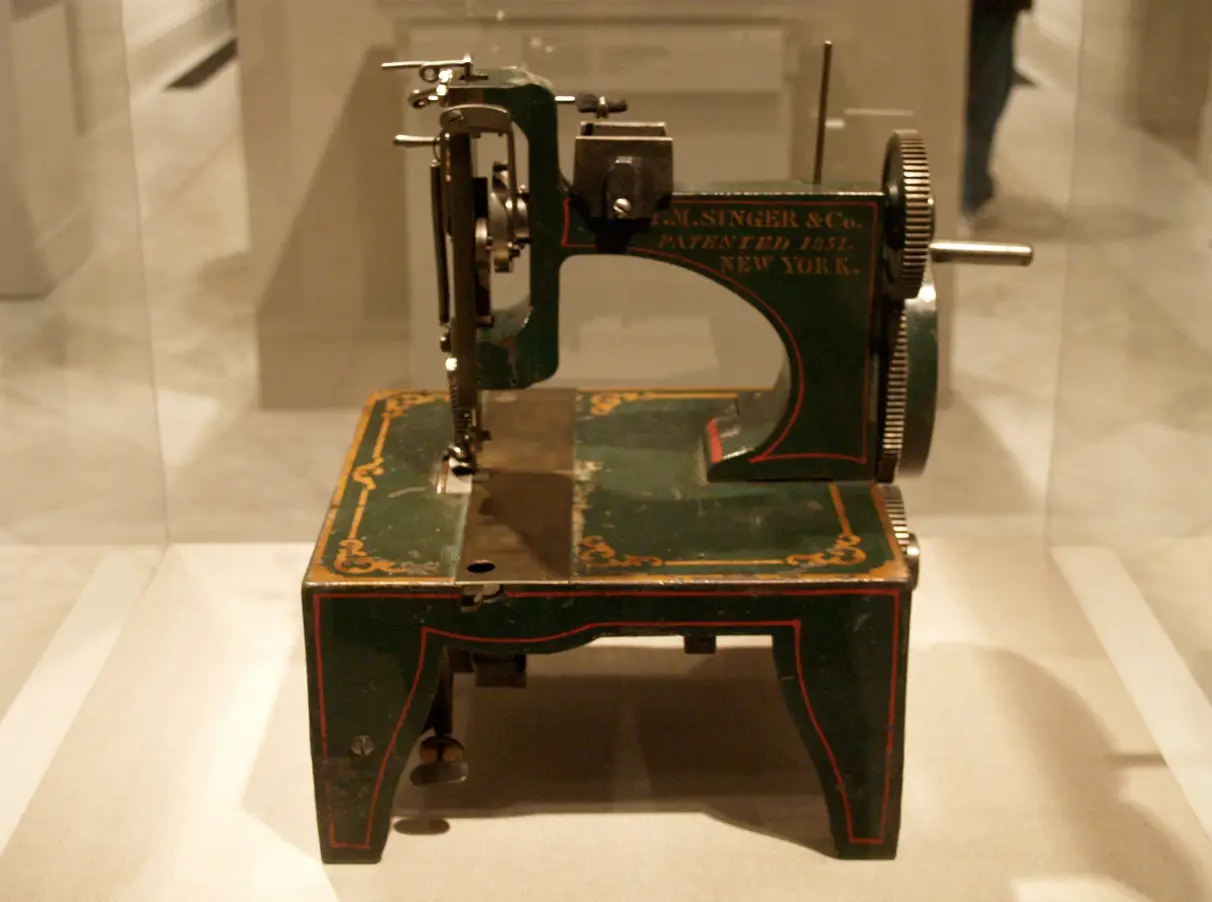
Elias Howe sued Singer for patent infringement and ultimately won.
There is much controversy surrounding this case. Isaac Singer suggested that he reference designs by Walter Hunt and Thimonnier instead of Elias only. Meanwhile, Singer also accused Elias Howe of stealing the idea.
Despite the allegations and legal disputes, Howe and Singer have had pretty successful careers. Singer founded a company that made sewing machines and quickly became the largest company in the world in this field.
Final Words
Who is the inventor of the sewing machine? Elias Howe is the first to patent a complete sewing machine model. Yet, he also referenced quite a few designs from previous inventors.
The controversy with Singer makes it harder to pinpoint the first person to make the sewing machine. However, the sewing machine undeniably is a significant achievement that benefits the sewing industry today.


